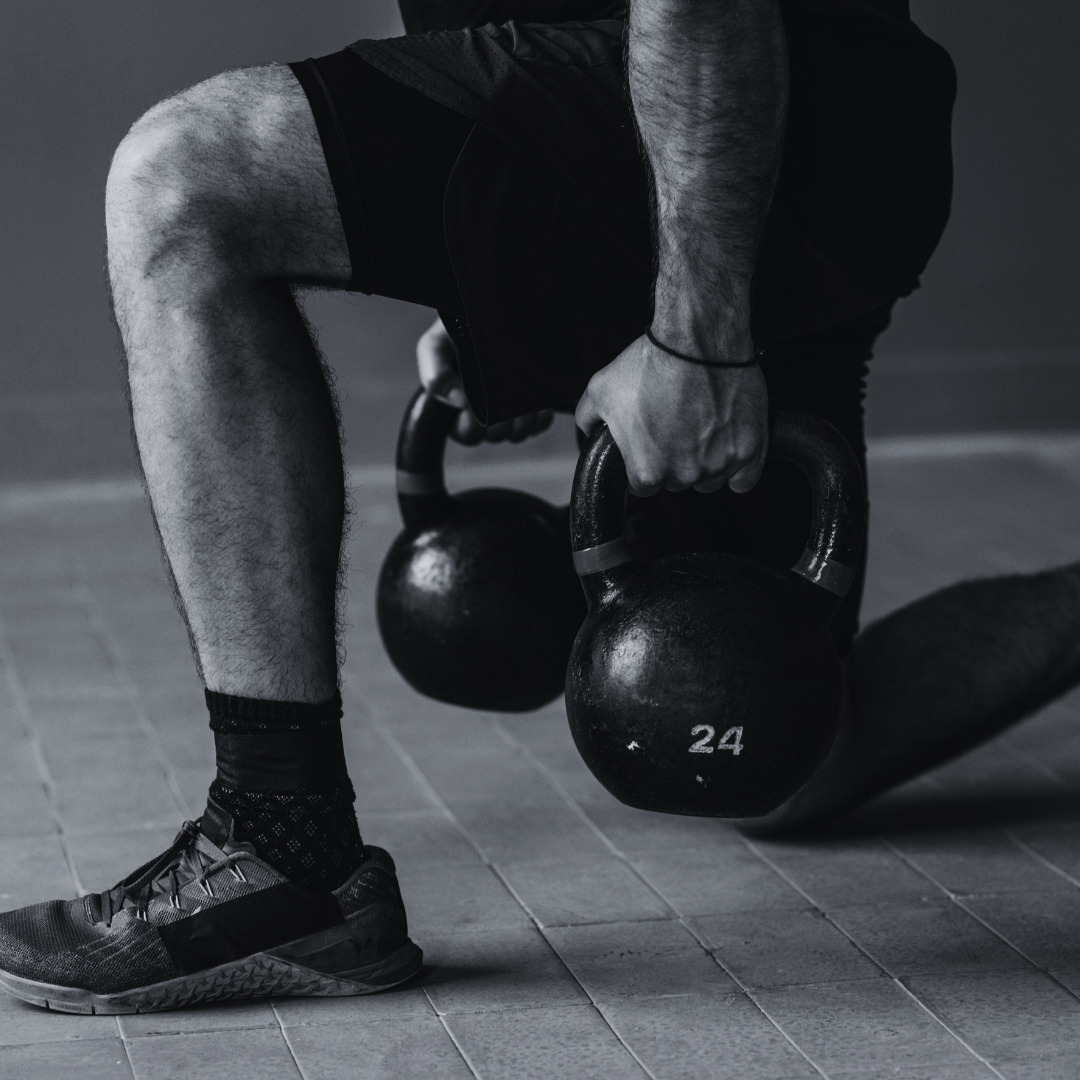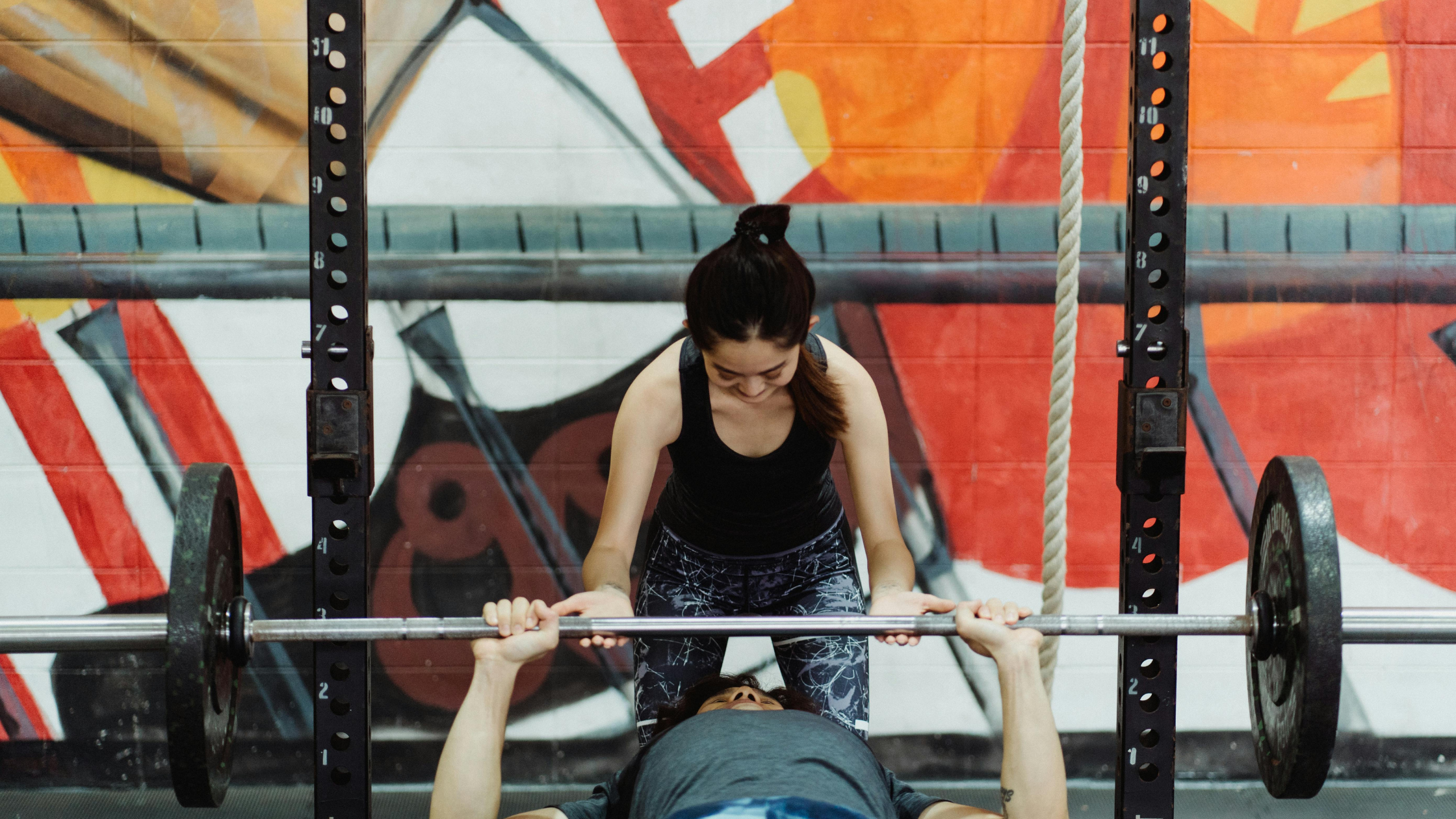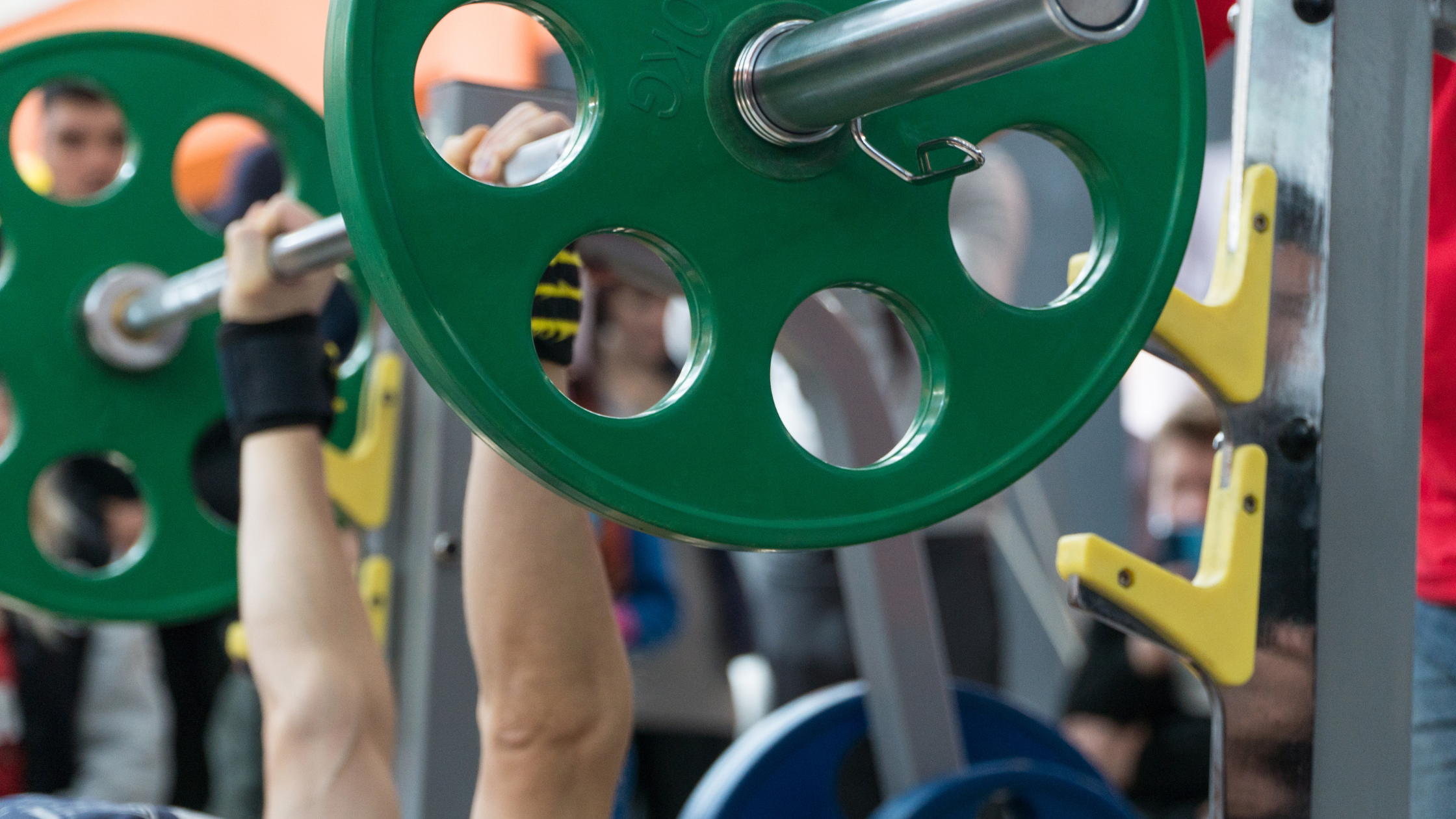The split squat is an excellent exercise for building lower body strength, improving balance, and enhancing athletic performance. It targets the quadriceps, glutes, and hamstrings, while also engaging the core for stability. Whether you're a beginner or an experienced lifter, incorporating split squats into your workout routine can provide significant benefits. This guide will cover the basics of the split squat, its benefits, and tips for performing it correctly.
What is a Split Squat?
A split squat is a unilateral leg exercise where one leg is positioned forward and the other leg is extended behind, similar to a lunge. The movement involves lowering the hips downwards while maintaining a split stance, focusing on the front leg's quadriceps, glutes, and hamstrings.
Benefits of the Split Squat
- Improved Balance and Stability: The split squat requires balance and coordination, enhancing overall stability and core strength.
- Leg Strength and Muscle Growth: By isolating each leg, split squats ensure that both sides of your lower body are equally strong, promoting balanced muscle growth.
- Enhanced Mobility: This exercise improves hip mobility and flexibility, which can be beneficial for overall athletic performance.
- Reduced Risk of Injury: Strengthening the muscles around your knees and hips can help protect these joints from injury during other activities and exercises.
- Functional Strength: Split squats mimic natural movements like walking, running, and climbing stairs, making them highly functional and applicable to daily activities.
How to Perform the Split Squat
-
Setup
- Stance: Stand with your feet hip-width apart. Step one foot forward and the other foot back, positioning yourself in a split stance. Your feet should be about two to three feet apart.
- Alignment: Ensure that your front foot is flat on the ground and your back foot is on the ball of your foot, with your heel off the ground.
-
Execution
- Lowering Phase: Slowly bend both knees to lower your hips until your back knee nearly touches the ground. Keep your torso upright and your front knee aligned over your front ankle.
- Rising Phase: Press through the heel of your front foot to extend your knees and hips, returning to the starting position. Your back leg should also straighten.
-
Breathing
- Inhale: Breathe in as you lower yourself down.
- Exhale: Breathe out as you push yourself back up to the starting position.
Common Mistakes and How to Avoid Them
- Knee Over Toes: Allowing your front knee to extend past your toes can increase stress on the knee joint. Keep your knee aligned over your ankle.
- Leaning Forward: Leaning your torso forward reduces the effectiveness of the exercise and can strain your lower back. Maintain an upright torso throughout the movement.
- Short Steps: Taking too short a step can limit the range of motion and effectiveness. Ensure a wide enough stance to allow proper depth.
- Rushing the Movement: Performing the exercise too quickly can lead to poor form and reduced muscle engagement. Perform each rep in a controlled manner.
Tips for Maximising Your Split Squat
- Warm Up: Begin with a proper warm-up to prepare your muscles and joints for the exercise. Dynamic stretches and light cardio can help increase blood flow.
- Use Weights: As you become comfortable with the movement, incorporate dumbbells or a barbell to add resistance and increase the challenge.
- Adjust Foot Position: Experiment with the position of your feet to find the stance that feels most comfortable and effective for you.
- Focus on Form: Prioritise proper form over heavy weights. This will help you avoid injury and maximise the benefits of the exercise.
- Include Variations: Incorporate different variations of the split squat, such as the Bulgarian split squat (with the back foot elevated) or the reverse lunge, to target the muscles differently and keep your workouts interesting.
Split Squat Variations
- Bulgarian Split Squat: Perform the split squat with your back foot elevated on a bench or step. This variation increases the range of motion and further challenges your balance and stability.
- Dumbbell Split Squat: Hold a dumbbell in each hand to add resistance. This variation increases the intensity and helps build more muscle.
- Barbell Split Squat: Perform the split squat with a barbell resting on your shoulders. This adds significant resistance and is ideal for more advanced lifters.
- Bodyweight Split Squat: This is a great option for beginners or as a warm-up exercise. Focus on perfecting your form before adding weights.
Conclusion
The split squat is a versatile and effective exercise that can enhance your lower body strength, improve your balance and stability, and contribute to overall functional fitness. By focusing on proper technique and gradually increasing the intensity, you can make significant gains in muscle strength and endurance. Whether you're a beginner or a seasoned athlete, incorporating split squats into your workout routine can help you achieve your fitness goals.
Recommended Gym Accessories
When incorporating Split Squats into your workout routine, having the right gym accessories can enhance your performance and comfort:
- Weightlifting Gloves: Provide grip support and prevent the weight from slipping during the exercise, ensuring a secure hold.
- Lifting Straps: Assist with grip strength, especially if you're using heavier weights or have sweaty hands. We recommend our range of lifting straps for this.
- Resistance Bands: Add resistance to the squat by incorporating resistance bands around your knees or ankles, increasing the challenge for your lower body muscles.
- Lifting Belt: Offer additional core support and stability, especially useful when lifting heavy weights or focusing on high-rep sets. Our lifting belts are an excellent choice.
FAQs About the Split Squat
1. How often should I do split squats?
- The frequency depends on your overall training program. Incorporating split squats once or twice a week as part of your leg workout routine can be effective.
2. Can split squats replace traditional squats?
- While split squats are excellent for targeting the legs and improving balance, they shouldn't completely replace traditional squats. Both exercises offer unique benefits and should be included in a well-rounded leg training program.
3. How can I increase the difficulty of split squats?
- You can increase the difficulty by adding weights, elevating your back foot (Bulgarian split squats), or increasing the range of motion.
4. Are split squats safe for people with knee issues?
- Split squats can be safe for individuals with knee issues if performed with proper form and a manageable range of motion. However, it's essential to consult with a healthcare professional or fitness expert before incorporating them into your routine.
5. What's the difference between a split squat and a lunge?
- The primary difference is that a split squat involves maintaining a stationary split stance, while a lunge involves stepping forward or backward with each rep. Both exercises are effective for building leg strength and stability.






